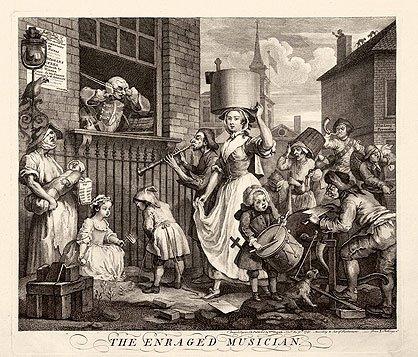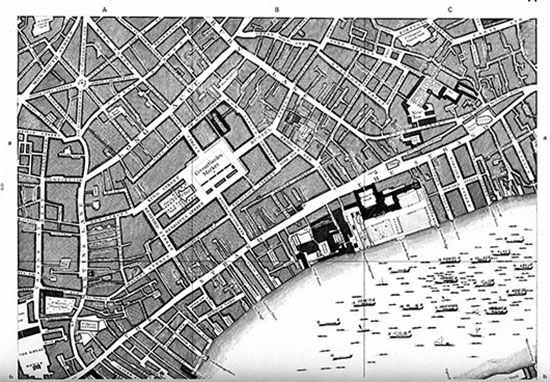 I am often asked about the research I do for my historical novels. When people think of research I suspect they think primarily of secondary materials, histories, biographies, and the like. That is to say, text. Such texts are obviously vital. For me, however visual information is also crucial. I am currently working on a novel set in eighteenth century London. One of the great resources for me here is the art of William Hogarth (1697–1764).
I am often asked about the research I do for my historical novels. When people think of research I suspect they think primarily of secondary materials, histories, biographies, and the like. That is to say, text. Such texts are obviously vital. For me, however visual information is also crucial. I am currently working on a novel set in eighteenth century London. One of the great resources for me here is the art of William Hogarth (1697–1764).
His detailed, satirical depictions of London life (high and low) provide extraordinary glimpses not just of that world in general, but what men, women, and children wore, as well as the architecture.
Then there are maps. I was fortunate to secure via the internet (a fantastic source for inexpensive used books) a reproduction of John Rocque’s Map of London, published in the 1740’s. (It is astonishing what libraries discard these days! My pristine copy of the reprinted map comes from the library of Michigan State University.)
Rocque’s map provides extraordinary street detail, so fine that I had to buy (Ace Hardware) a large magnifying glass to find my way. Having such a map (and being able to see it) allows my characters to traverse real geography.
You might not think this visual information makes much difference, but for this writer it does. Knowing I am referencing the real world gives confidence. That confidence gets processed into the writing, which in turn provides the reader with a (perhaps unconscious) sense of reality, that I know what I am writing about. Because of these images, I do.

3 thoughts on “Visual research”
I seek visuals, too. Glad to know I’m in such great company!
I like this, a lot. My father is an American Civil War reenactor, so that’s a good source for what uniforms and battles of the time looked like.
Seeing a reenactment of a Revolutionary War battle gave me the idea for my book The Fighting Ground.